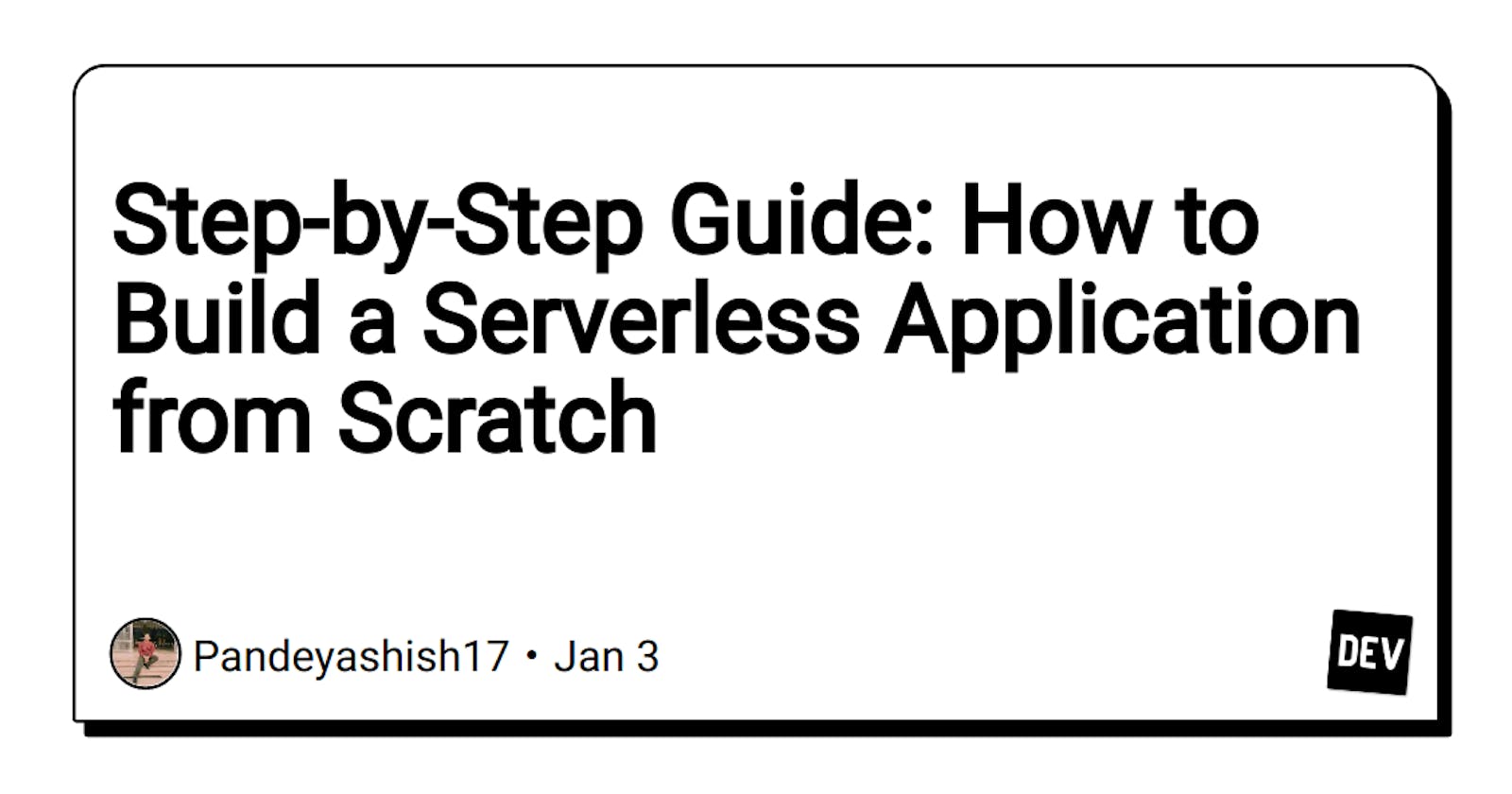Serverless applications are a type of software architecture that allows developers to build and run applications without having to worry about the underlying infrastructure. This means that you can focus on writing code and building features, while the cloud provider handles the deployment, scaling, and maintenance of your application.
There are several benefits to building a serverless application, including lower costs, increased scalability, and improved reliability. In this article, we’ll walk through the steps for building a serverless application from scratch, using a popular cloud platform as an example.
Step 1: Choose a Cloud Provider
The first step in building a serverless application is to choose a cloud provider. There are several options to choose from, including Amazon Web Services (AWS), Microsoft Azure, and Google Cloud Platform (GCP). Each provider offers a range of services and pricing plans, so it’s worth doing some research to find the one that best meets your needs.
Step 2: Choose a Serverless Platform
Once you’ve chosen a cloud provider, you’ll need to decide on a serverless platform. This is the framework or set of tools that you’ll use to build and deploy your application. Some popular options include AWS Lambda, Azure Functions, and Google Cloud Functions.
Step 3: Set Up Your Development Environment
Next, you’ll need to set up your development environment. This typically involves installing the necessary software and tools, such as an Integrated Development Environment (IDE) and the cloud provider’s command-line interface (CLI).
Step 4: Write Your Code
With your development environment set up, it’s time to start writing code. The specifics of this step will depend on the language and platform you’re using, as well as the requirements of your application.
Step 5: Test and Debug Your Code
As you’re writing code, it’s important to regularly test and debug your application to ensure it’s functioning correctly. This may involve running unit tests, setting up a testing environment, or using a debugging tool.
Step 6: Deploy Your Application
Once you’ve written and tested your code, you’re ready to deploy your serverless application. This typically involves using the cloud provider’s CLI to package and upload your code, as well as setting up any necessary resources, such as databases or APIs.
Step 7: Monitor and Maintain Your Application
Finally, it’s important to monitor and maintain your serverless application once it’s up and running. This may involve using the cloud provider’s monitoring and logging tools, as well as making updates and enhancements to your code as needed.
That’s it! By following these steps, you can build a serverless application from scratch using a popular cloud platform. While there are many details to consider and technologies to learn, the benefits of building a serverless application make it a valuable investment for many developers.
